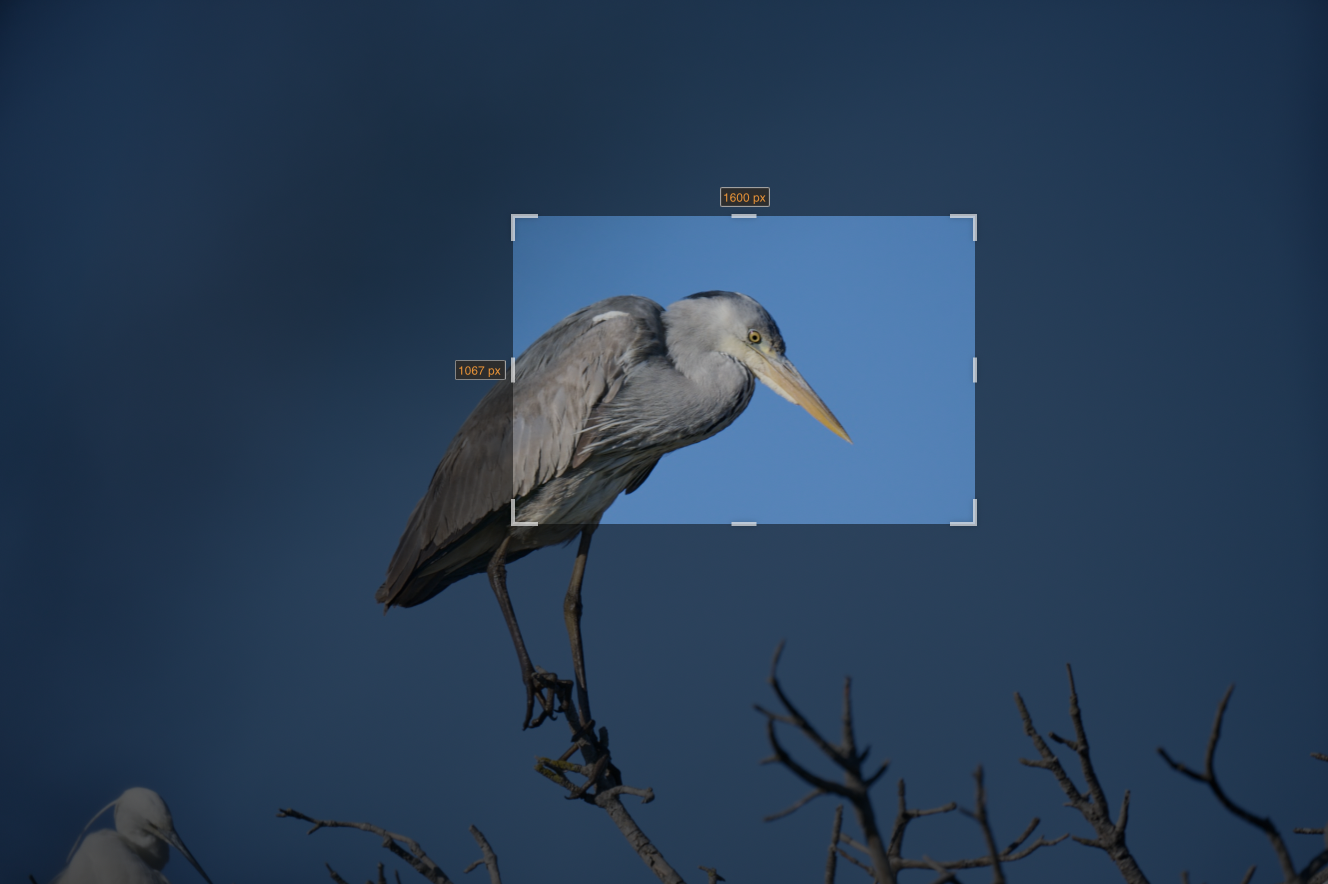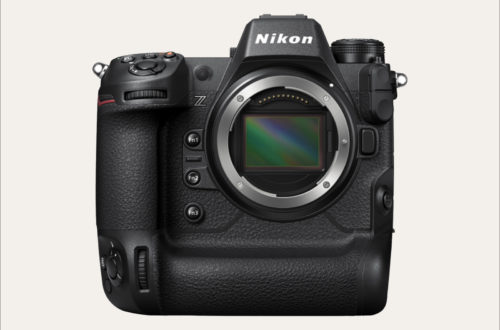The different image formats
Since the beginnings of computing, the different image formats have appeared as technology and the needs of photographers and graphic designers have evolved.
Two types of image formats
Matrix format :
A raster image, or bitmap (dot map), is an image made up of a matrix with a multitude of colored dots. That is to say, made up of a grid, where each box has its own color and is considered as a point. It is therefore a juxtaposition of colored points forming, as a whole, an image. The colored points constituting the image are called pixels. Definition (or precision) of a raster image thus depends on the number of pixels that make it up. The more there are, the sharper the image will be: this is the resolution.
Techniques for producing this type of image generally exploit the unique effects of the resolving power that human vision confers on our visual perception. Indeed, having its own limits, when two elements side by side are sufficiently small and far away, we are no longer able to distinguish them, in consequence our eye then only captures the synthesis of their colors.
Therefore, in practice, raster images must be designed according to the typical distance of their observation: seen too close, the points would become discernible, seen from too far, it would be the details of the image. In fact when these points become visible on the image and distort it, we then speak of pixelation.
Also raster image formats are particularly used for photography.
Vector format :
A vector image is a digital image composed of geometric objects or vectors created using mathematical formulas, geometric primitives (line segments, circular arcs, Bézier curves, polygons, etc.), each defined by different attributes (shape, position, color, filling, visibility, etc.) and to which different transformations can be applied.
With these formulas, vector graphics maintain their appearance even when their size changes. A vector image is resizable without loss of quality, unlike a raster image.
Vector images can also be easily modified in vector editor software, for example by changing the color of an object or modifying its shape in a few clicks. This format is therefore particularly suitable for all creations intended to be reproduced, particularly for large format printing of logos, images, texts, and drawings.
The different image formats
Matrix formats :
RAW format :
Raw is primarily the generic designation of a type of digital image file from digital cameras or scanners. It is therefore a raw format. NEF is the designation for this file type at Nikon.
They are, in a way, to digital photography what the negative is to film: a “perfect” original that allows for numerous treatments to arrive at the final image.
DNG format :
(Digital NeGative). Adobe launched the Digital Negative specification in 2004 to encourage camera manufacturers to standardize the file types used.
Extension : .dng
JPG format or JPEG :
(Joint Photographic Experts Group),it is a compressed image format, therefore particularly light. As a result, on the web (more than 70% of websites) use this type of file.
Its limitation to 8 bits is, however, a disadvantage. Likewise, layers, transparency and masks cannot be used on this file type.
The JPEG format uses a destructive compression scheme. Each time you modify and save your photo, you alter its quality.
Extensions: .jpg , .jpeg
Progressive JPG format :
(variant of JPG or JPEG) The difference between JPG and Progressive JPG is how the image loads on a website. While Baseline JPG displays images line by line from top to bottom, for Progressive JPG the entire image is displayed immediately and then sharpened pixel by pixel. We initially have a pixelated image, which gradually gains in sharpness as it loads. This gives the impression that the image is displayed faster, because it does not have any white space visually. This “psychological” advantage will be more noticeable for Internet users who do not have high-speed Internet access.
Extensions: .jpg , .jpeg
JPEG 2000 format :
developed between 1997 and 2000. This file format can use a destructive or non-destructive compression scheme. This depends on the option selected when you saved your file. Its compression performance (with and without loss) is superior to that of JPEG.
Extensions : .jp2, .j2k, .jpf, .jpm, .jpg2, .j2c, .jpc, .jpx, .mj2
TIF format or TIFF :
(Tagged Image File Format). Developed in 1987 by the Aldus company. It uses layers, transparency and masks, in 16 or 32 bits. However, it has the disadvantage of being a very heavy file format.
The TIFF format is uncompressed and non-destructive. The modifications and successive recordings of your photo therefore do not alter its quality.
Extensions: .tif , .tiff
GIF format :
(Graphics Interchange Format). The GIF format was developed in 1987. This file type is used more specifically to produce animated GIFs. It is more of an image format than a photo format. So the color depth is limited to 256 colors.
Extension : .gif
PNG format :
Portable Network Graphics is an open digital image format. It was actually created to replace the GIF format, which was proprietary at the time and whose compression was subject to a patent. PNG therefore uses a non-destructive compression scheme. It is especially suitable for publishing simple images including flat areas of color. On the other hand, unlike GIF, it allows the management of transparency, and does not have the limit of 256 colors. It can record photographs without data loss, to the detriment of the file size which remains much larger than that of formats with data loss intended for photographs, such as JPEG or JPEG 2000.
Extension : .png
WEBP format :
(Web Picture). Google has developed and made available to the public this raster image format. Compression rates for this format are better than for PNG or JPEG.
This format also supports better depths for colors, animated frames, transparency, and more.
Extension : .webp
Vector formats :
EPS format :
(Encapsulated PostScript). The Adobe company created the EPS file format in the late 1980s. This format has become one of the industry standards for professional printers. It is compatible with most printers and phototypesetters. This file format is perfect for scaling images. It also benefits from a form of lossless compression. Today we prefer the PDF format. The PDF format is more versatile.
Extensions : .eps, .epsi, .epsf, .epi
SVG format :
(Scalable Vector Graphics). A group of companies within the W3C developed this format starting in 1999. This is a vector image format. Ideal for user interface elements, icons or diagrams that need to display accurately at any scale.
Extensions : .svg, .svgz
PDF format :
The Portable Document Format, is a page description language presented by the company Adobe Systems in 1992 and which became an ISO standard in 2008. The specificity of PDF is to preserve the layout of a document (fonts, images, graphic objects, etc.) as defined by its author, regardless of the software, operating system and computer used to print or view it.
Extension: .pdf
TGA format :
Truevision Targa or TGA. The company Truevision developed this image file format in 1984. The TGA format supports images of any size. Professional circles are the main users for the creation of color images.
Extensions : .tga, .tpic
Compare the image quality of different formats
Below I offer you a photograph taken in RAW FX mode (24 x 36mm format) taken with a Nikon Z9 (45 Mpx sensor). On this photo, I cropped part of it, which I exported in different formats, but always in the same dimensions, 1600 by 1067 px , in order to be able to compare the size of the files and their quality.
At this image size on a screen, however the difference in quality is not always very noticeable between certain types of formats.
However, the following table concerning these same images allows us to see the difference in weight between the different formats. This table is particularly focused on the formats used in photography.


JPEG Format Quality 100%
Weight of a photo depending on the image format
| N° | Format | Quality | Observations | Weight | In Byte |
|---|
| – | Raw (Nef de Nikon) | Nikon Electronic Format | Raw native of Nikon Z9 | 51 Mo | 50 896 635 |
| 1 | TIFF | 8 bits compressed | 2,4 Mo | 2 420 932 |
| 2 | TIFF | 8 bits LZW | 3,2 Mo | 3 178 102 |
| 3 | TIFF | 8 bits uncompressed | 5,2 Mo | 5 180 504 |
| 4 | TIFF | 16 bits compressed | 9,6 Mo | 9 592 160 |
| 5 | TIFF | 16 bits uncompressed | 10,3 Mo | 10 302 104 |
| 6 | JPG – JPEG | Quality at 100% | Lossy matrix | 1,3 Mo | 1 279 366 |
| 7 | JPG – JPEG | Quality at 80% | Lossy matrix | 176 ko | 172 172 |
| 8 | JPG progressif | Quality at 100% | JPG variant | 1,2 Mo | 1 204 002 |
| 9 | JPG progressif | Quality at 80% | JPG variant | 168 ko | 167 921 |
| 10 | WEBP | Quality at 100% | 496 ko | 493 268 |
| 11 | WEBP | Quality at 80% | 115 ko | 113 782 |
| 12 | PNG | RVB 8 bits | non-destructive matrix | 2,2 Mo | 2 236 202 |
| 13 | PNG | RVB 16 bits | non-destructive matrix | 8,6 Mo | 8 566 096 |
| 14 | GIF | 729 ko | 725 178 |
| 15 | SVG | 1,5 Mo | 1 532 856 |
| 16 | JPG 2000 | Quality at 100% | 782 ko | 780 462 |
| 17 | JPG 2000 | Quality at 80% | 565 ko | 563 864 |
| 18 | TGA | 5,1 Mo | 5 121 618 |
In the first place so what lessons can we draw from this table ?
From a photo of the same size (1600 x 1067px) we see:
- that files in TIF format are the heaviest
- that files in WEBP format are the lightest
- that files in JPG and progressive JPEG format are almost identical in weight
- that GIF and PNG format files are heavier than JPG
Using different image formats
Finally to conclude what image formats to use?
- For photographers (professional and amateur) the choice is there :
- On the RAW format if you want to prioritize the quality of your photos, and if you have time for post-processing. You can then export your processed RAW files to JPG, TIFF or other formats.
- On the JPG format if post-processing puts you off, or if you are pressed for time (or by your clients)
- To have photo prints made by a laboratory for an exhibition for example :
- File in JPG format (100% quality) obtained from an original RAW file (preferably)
- File in TIFF format obtained from an original RAW file (1) (many laboratories prefer to be provided with the files to be printed in this type of format.
- To display on a website :
- WebP format file for photos (format recommended by Google)
- File in JPG format (80% quality) for photos
- File in PNG format for certain elements favoring the transparency of the funds.certain elements favoring the transparency of the background.
- For personal or family use :
- JPG file easy to send by email in light version, or for a photo album in high quality version.
(1) To my knowledge, there is no longer a camera that can take photos in TIFF. (I had a Nikon Coolpix E900 a few years ago that shot TIFF, but not RAW back then in the 2000s.)
Useful Links
Other Links





